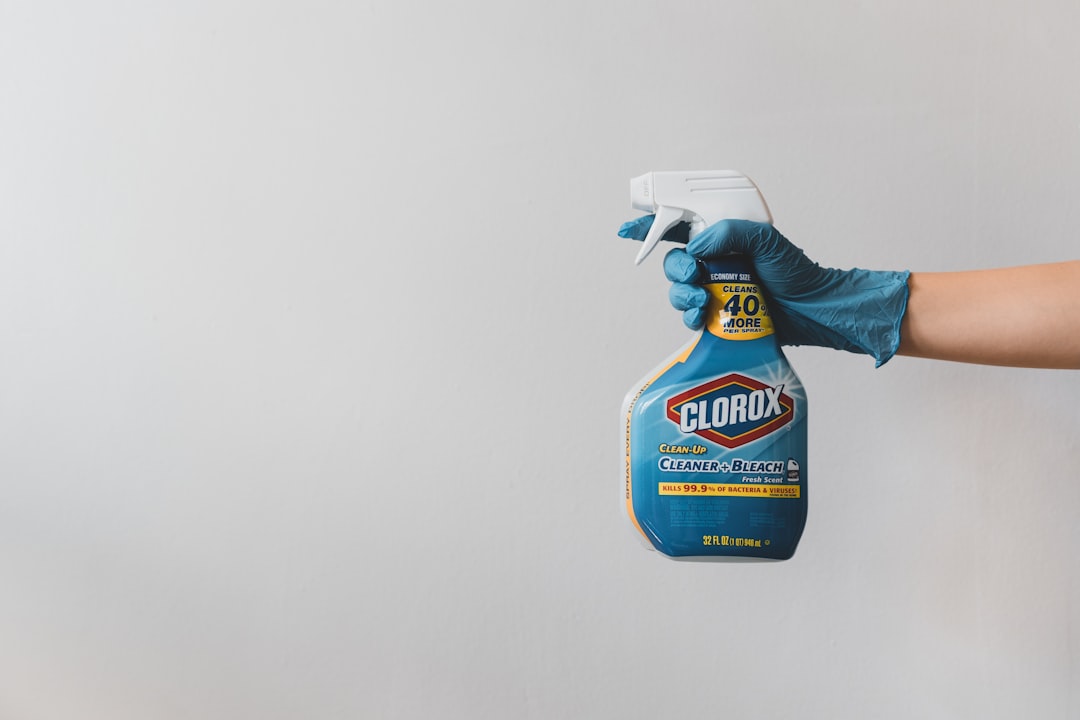
Transporting hazardous materials requires utmost care and compliance with regulatory standards. Special permit packaging plays a crucial role in ensuring the safe handling and transportation of dangerous goods. In this article, we will explore the significance of special permit packaging and discuss its key features and benefits in maintaining the integrity and security of hazardous materials during transit.
Special permit packaging refers to packaging solutions specifically designed and certified to transport hazardous materials that do not fully comply with standard packaging regulations. These permits, issued by regulatory authorities, allow for variations in packaging requirements, such as size, construction materials, or closure methods, while still ensuring the safety and integrity of the hazardous materials being transported. Special permit packaging serves as an alternative to the standard packaging regulations, providing flexibility for unique situations or when specific conditions necessitate modifications to the packaging design.
Special permit packaging is subject to rigorous testing, evaluation, and approval processes to ensure compliance with applicable regulations. Regulatory authorities, such as the Department of Transportation (DOT) in the United States, establish guidelines and requirements for the safe transportation of hazardous materials. Special permit packaging must meet or exceed these standards, even if they deviate from the usual packaging specifications. By obtaining a special permit, packaging manufacturers can offer solutions that address specific challenges or constraints while still adhering to the overarching goal of ensuring safety during transport.
One of the significant advantages of special permit packaging is its ability to address unique requirements and circumstances. Hazardous materials come in various forms, such as corrosive liquids, flammable gases, or radioactive substances, each requiring specific handling considerations. Special permit packaging can be customized to accommodate the specific characteristics, size, weight, and compatibility of the hazardous material being transported. It allows for variations in packaging design, materials, closures, and labeling, ensuring that the packaging meets the precise needs of the substance while maintaining its safety and integrity.
Special permit packaging is designed to enhance safety and minimize the risks associated with the transportation of hazardous materials. The packaging undergoes rigorous testing procedures, including drop tests, compression tests, and leakage tests, to verify its ability to withstand the stresses and impacts encountered during transit. By utilizing specialized packaging solutions, the risk of leaks, spills, or other hazardous incidents can be significantly reduced, protecting individuals, the environment, and infrastructure. Special permit packaging also includes features such as absorbent materials, venting mechanisms, and insulation to further mitigate risks and ensure the safe containment of hazardous materials.
When utilizing special permit packaging, proper documentation and traceability are essential. The packaging must be clearly labeled and marked with relevant hazard information, UN numbers, and other required identifiers. Additionally, transport documents and permits must be readily available to authorities for inspection. Proper documentation not only ensures compliance with regulations but also enables easy identification of the hazardous materials being transported, facilitating emergency response measures if necessary. Compliance documentation and traceability are vital components of special permit packaging to maintain transparency, accountability, and regulatory adherence throughout the transportation process.
Special permit packaging plays a vital role in the safe and compliant transport of hazardous materials. By providing tailored solutions, ensuring regulatory compliance, enhancing safety measures, and enabling proper documentation and traceability, special permit packaging contributes to safeguarding individuals, the environment, and infrastructure from the potential hazards associated with hazardous materials during transit.